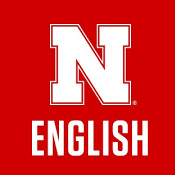English, Department of

Department of English: Faculty Publications
Document Type
Article
Date of this Version
2012
Citation
In Artifacts and Illuminations: Critical Essays on Loren Eisley, edited by Tom Lynch and Susan N. Maher. Lincoln: University of Nebraska Press, 2012, pages 1–14
Abstract
Acknowledged as one of the most important twentieth-century American nature writers, Loren Eiseley was a widely admired practitioner of creative nonfiction, a genre that, in part due to his example, has flourished in recent decades. Contemporary nature writers regularly cite Eiseley as an inspiration and model. General readers, as well, appreciate Eiseley's eloquent, complex, and informative essays; devoted readers have helped keep Eiseley continuously in print since his books first began appearing more than a half century ago. Clearly, Eiseley is a writer who matters. As many observers lament, current environmental and other problems require a public and media that are conversant with both scientific and humanistic knowledge and values; however, we live in an age when such synthesis is hard to find, and our institutions of learning tend to discourage such synthesis. Fortunately, there are renewed efforts to transcend these artificial boundaries of knowledge. Recent articles in the Chronicle of Higher Education and other publications dedicated to trends in academe, for example, have called for new emphases on interdisciplinary research and pedagogy. E. O. Wilson's Consilience: The Unity of Knowledge is only the most notable of many recent books attempting to reconcile the split. As a writer who bridged the sciences and the humanities perhaps as well as any modern figure, Eiseley clearly has an important role to play in this trend.


Comments
Copyright 2012, Board of Regents, University of Nebraska. Used by permission